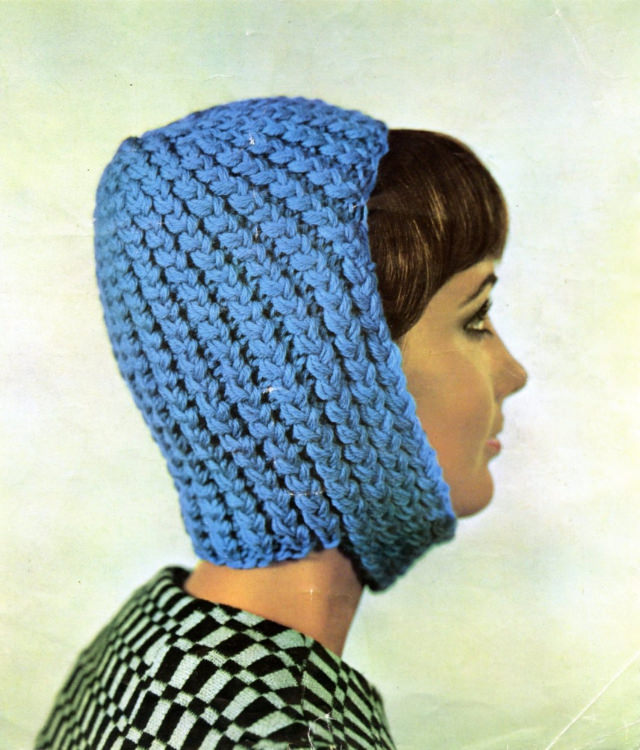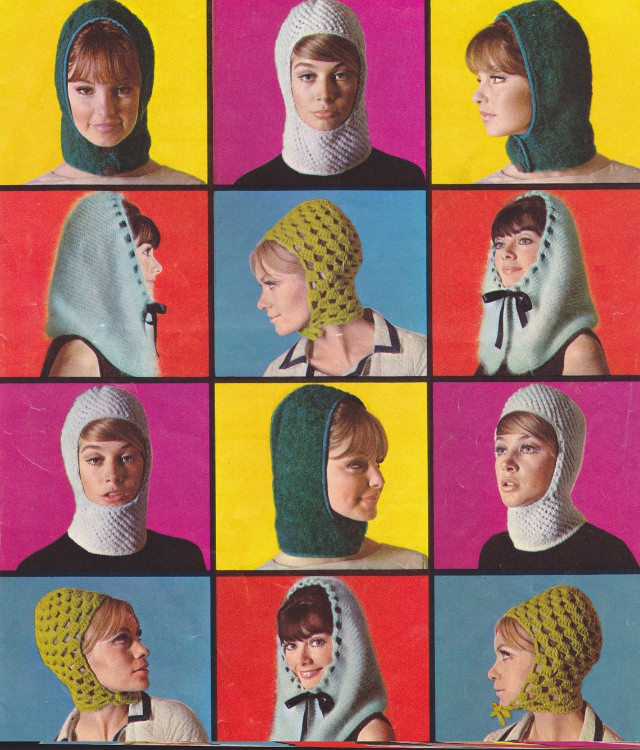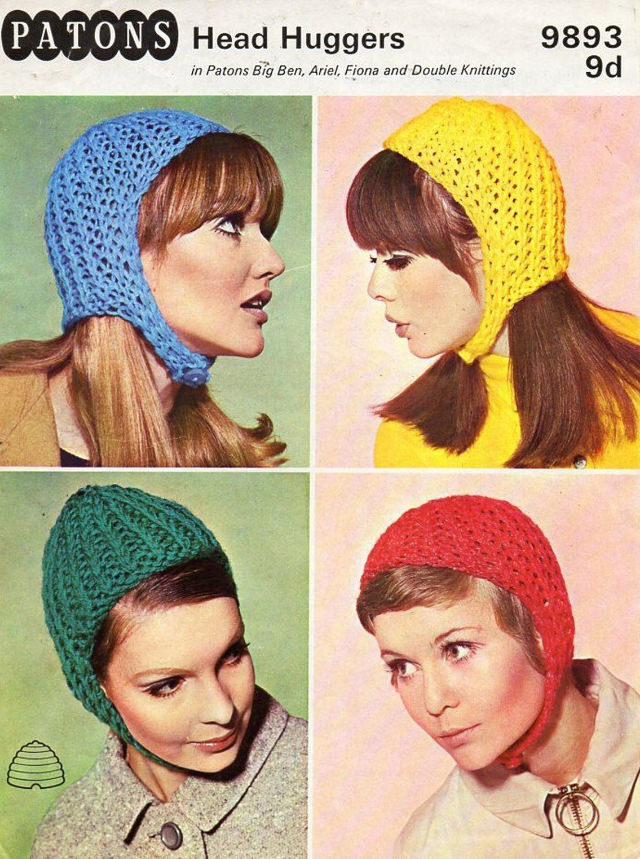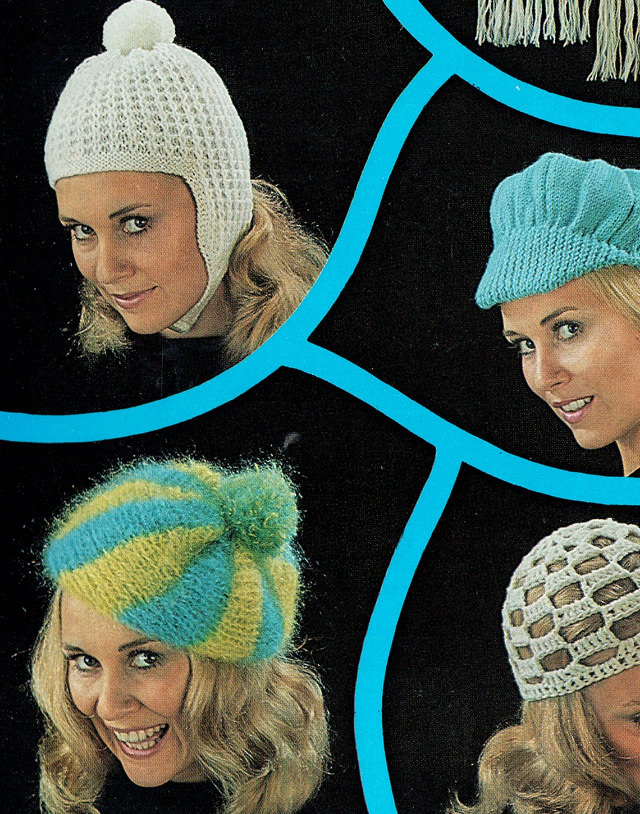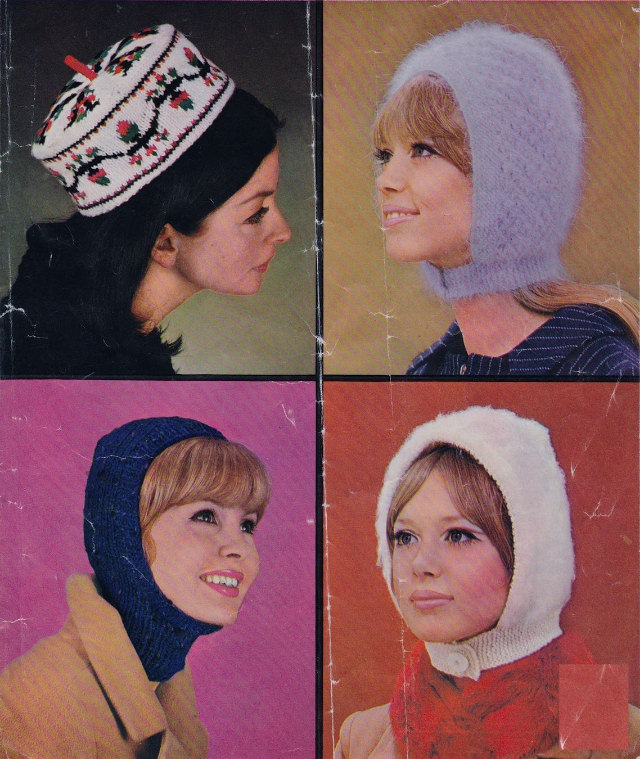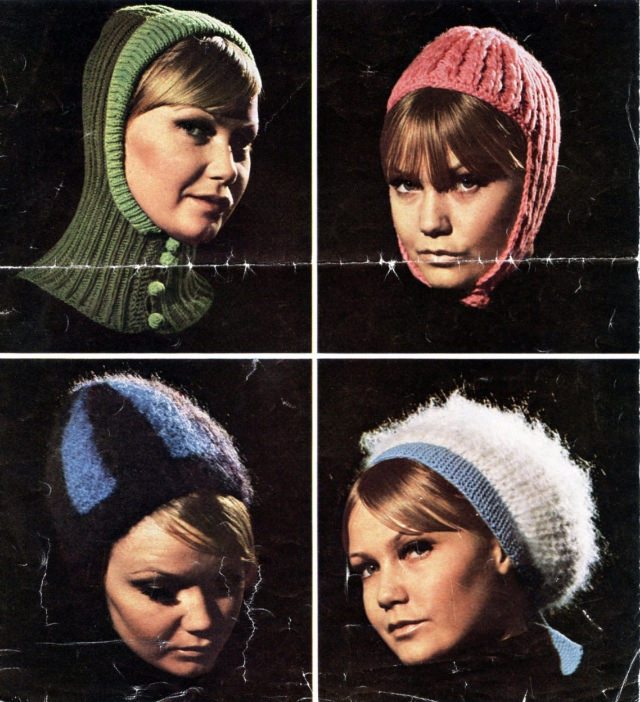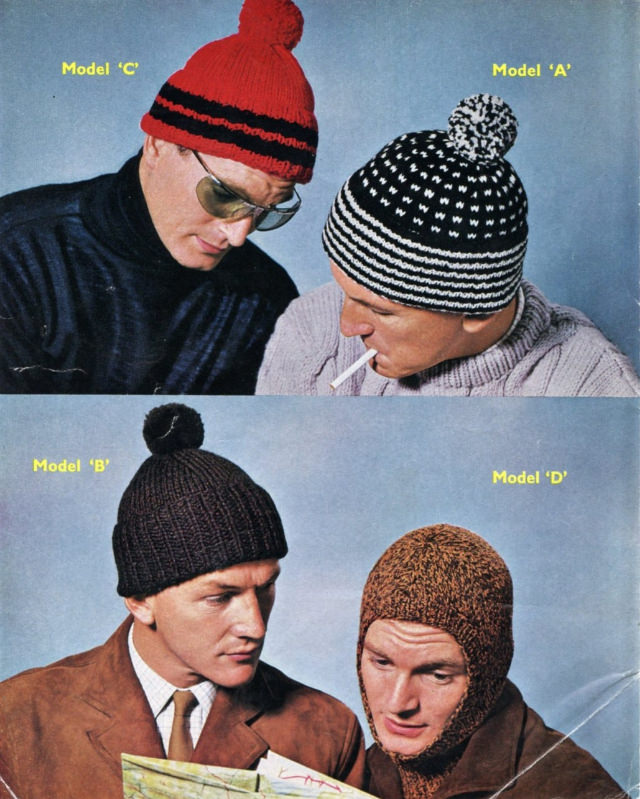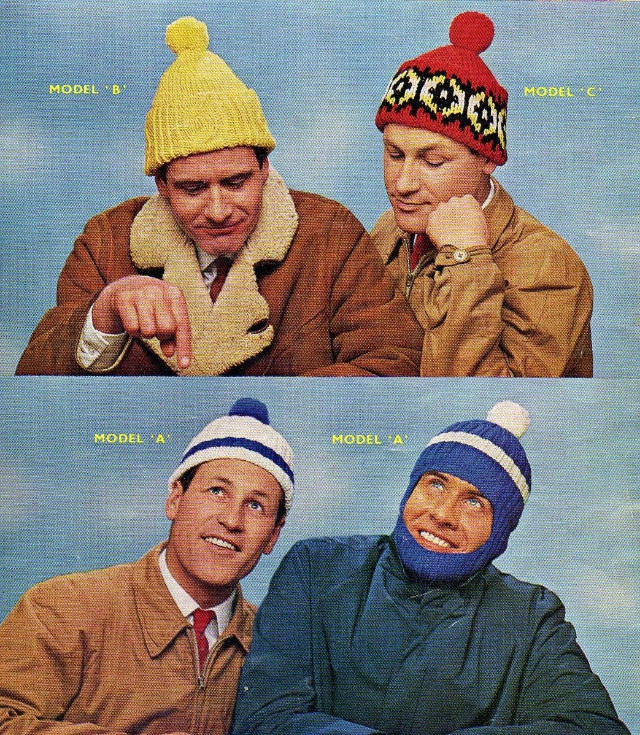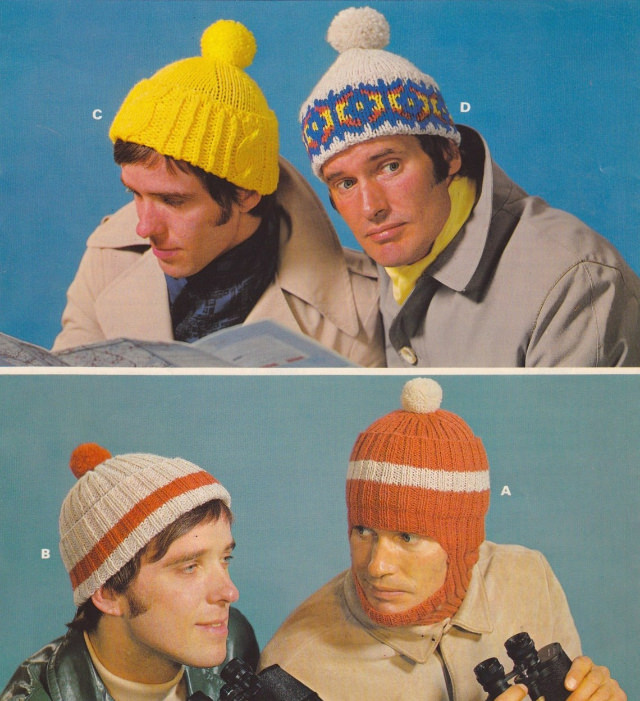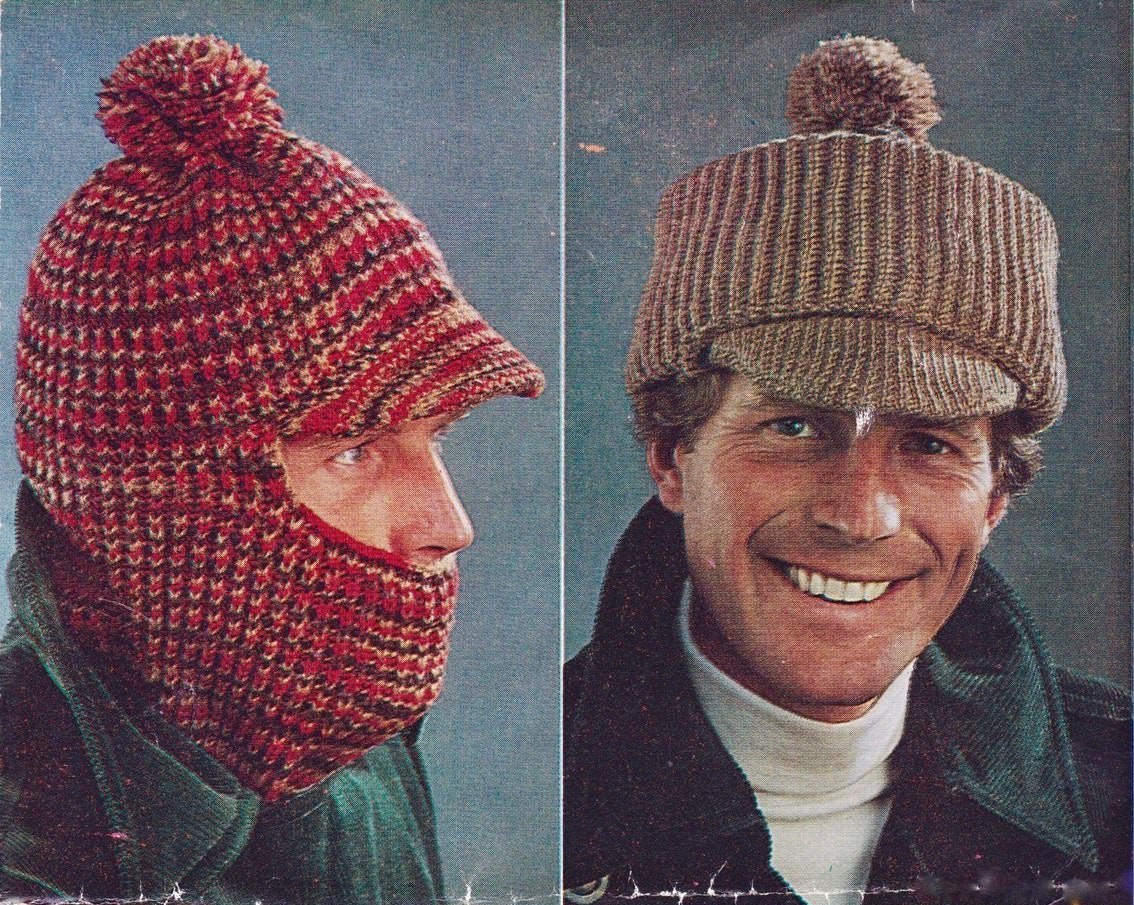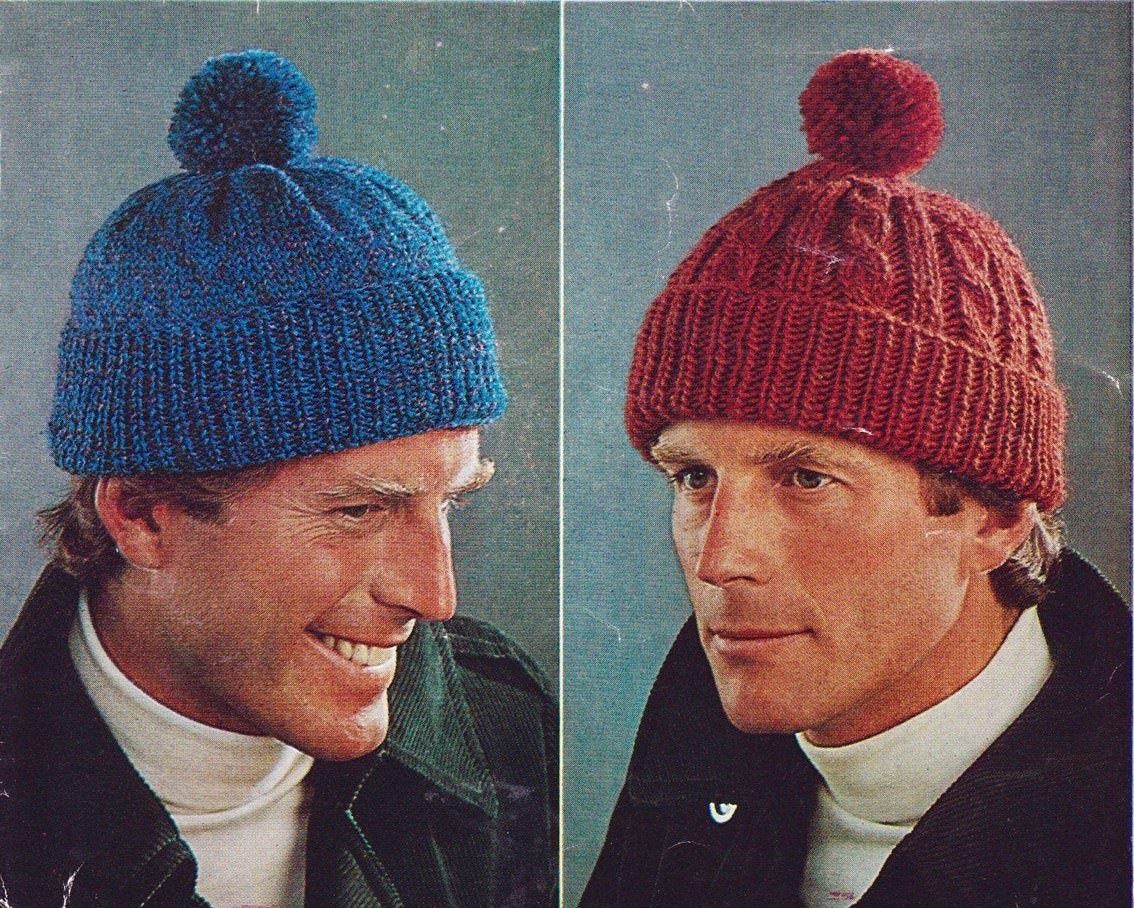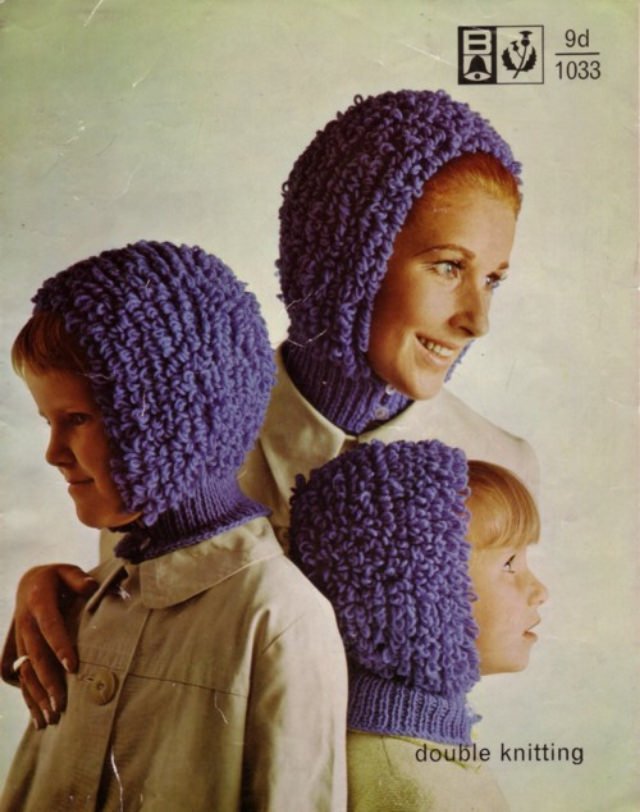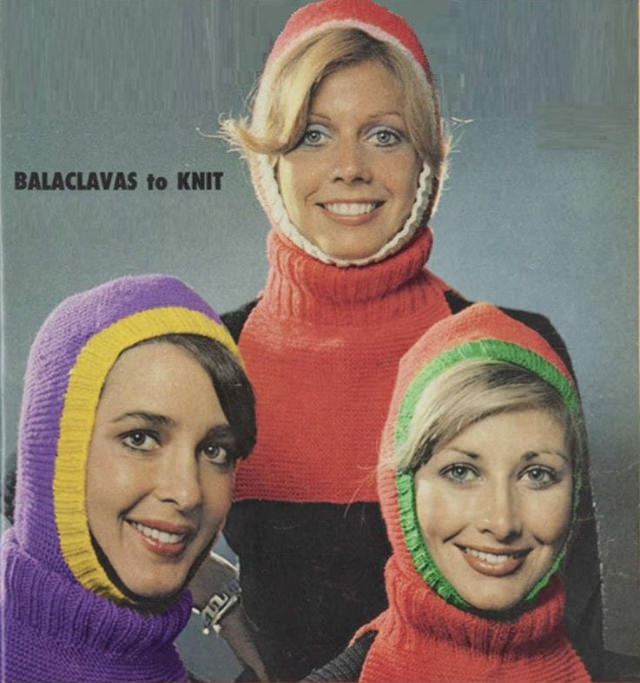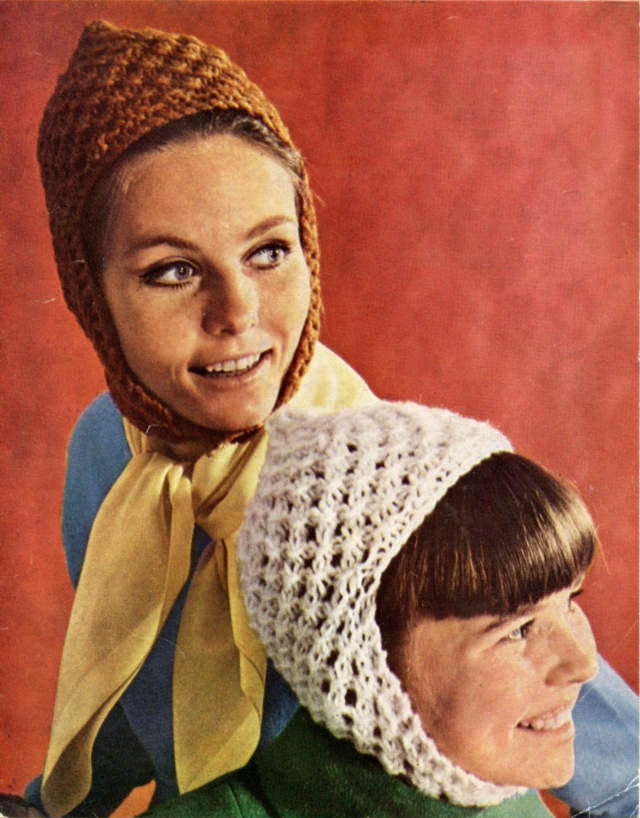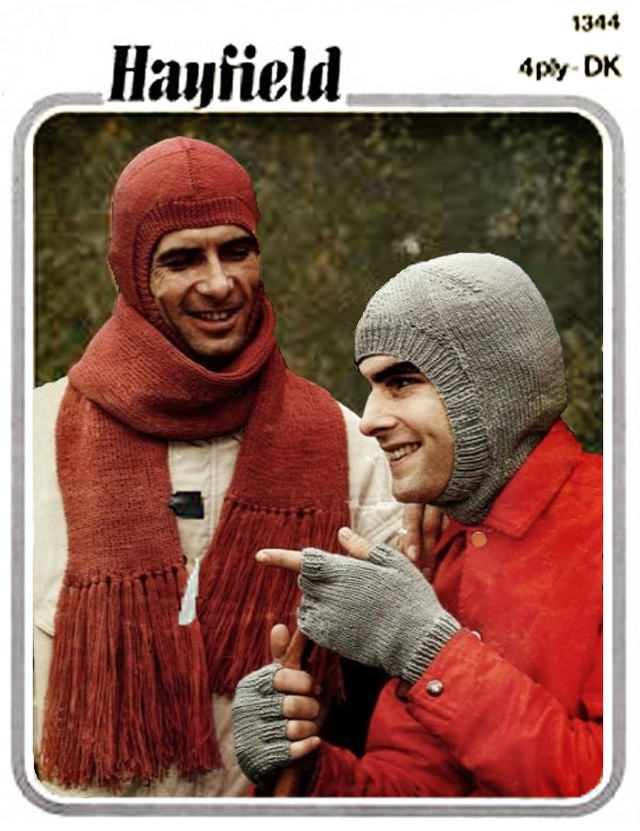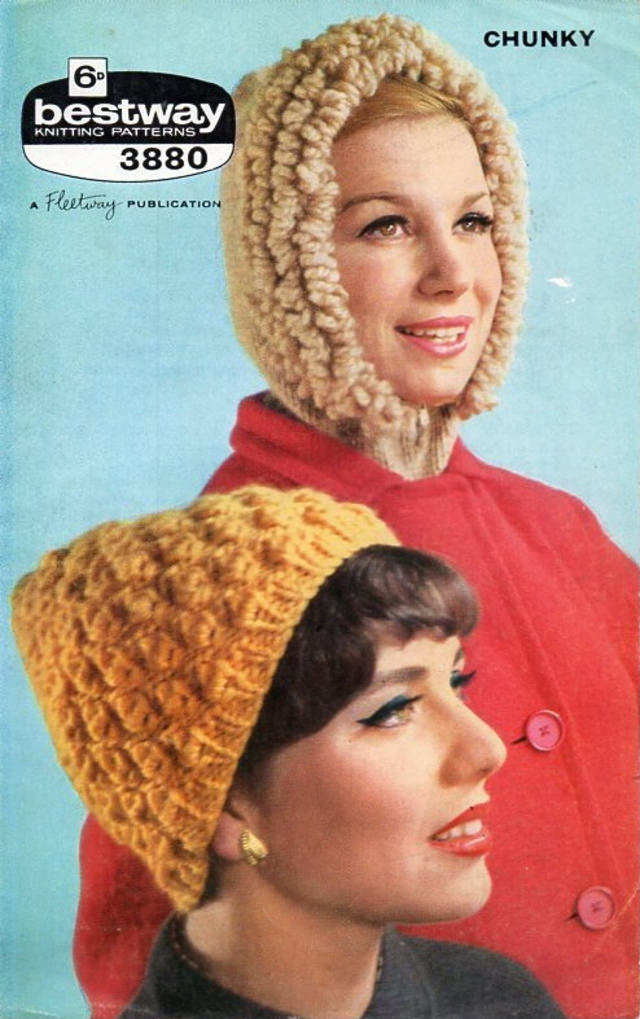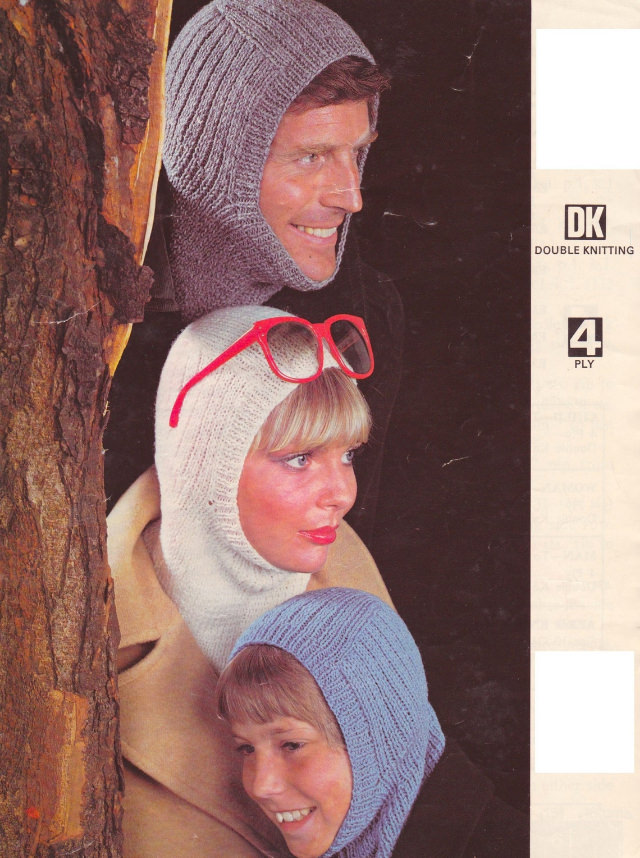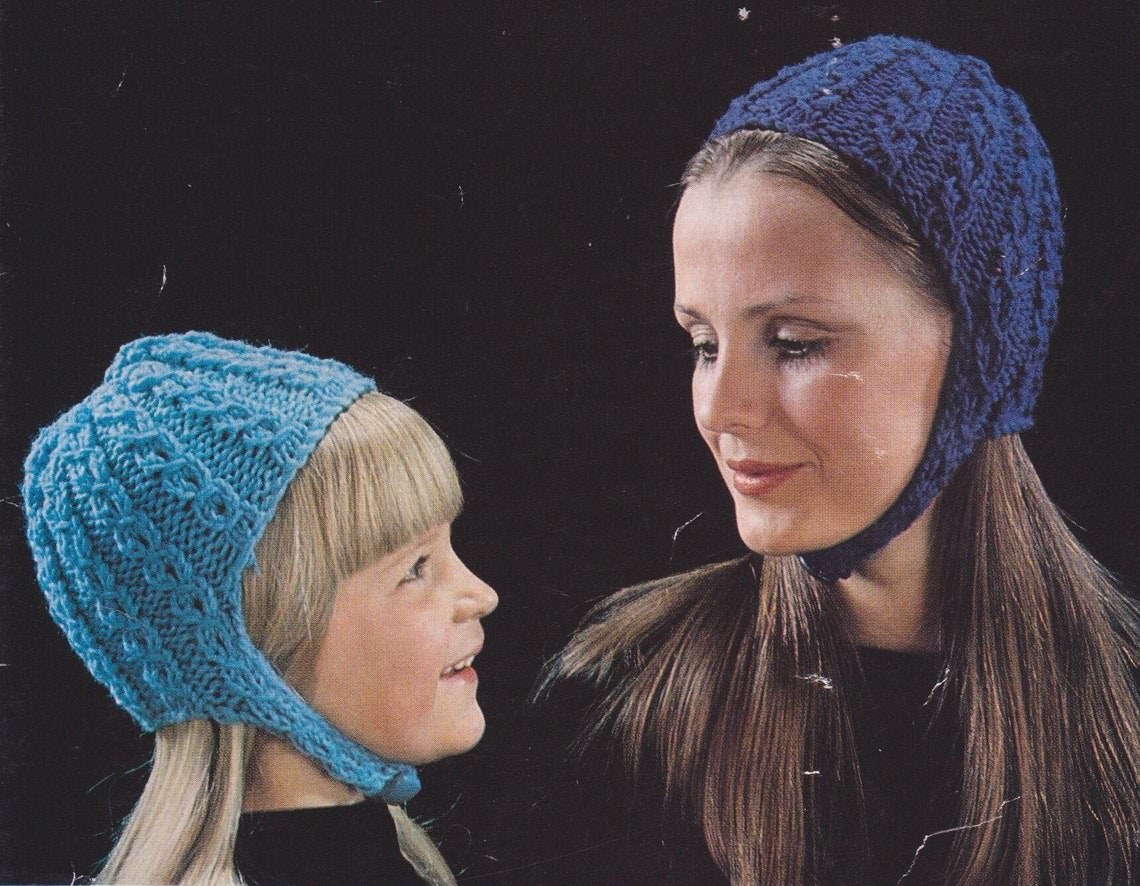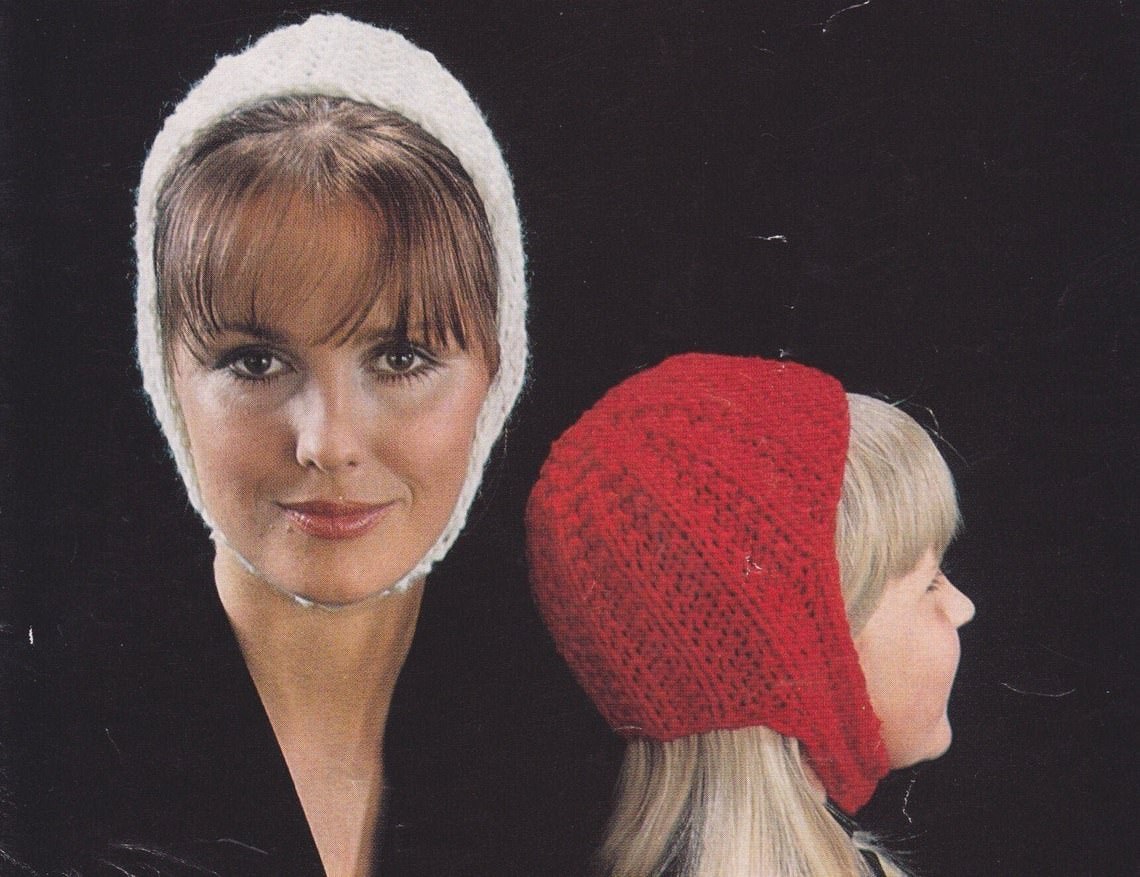The origins of knitting are unclear, but it has been practiced throughout the world for many centuries, producing both beautiful and practical items. In the 19th century, hand knitting was done with simple tools, such as wood, bone, quills, ivory or metal wires, and steel knitting needles. The Highlands and Scotland soon became known for knitting stockings, exported throughout Europe. Knitwear such as hats, shawls, bags, and jumpers became available shortly after.
Knitwear became mainstream in the 20th century. Fashion labels like Chanel introduced jersey dresses, cardigans, and jumpers, making knitwear a practical, fashionable, and modern choice. While home-knitting continued to be popular during the Second World War, when people were encouraged to pick up needles for the war effort, it reached a new peak. Home-knitting continued through the 1950s, but machine knitting offered a wider variety of knitwear at a more affordable price. Until the craft countermovement of the 1970s, hand-knitting had lost its influence. Here are some beautiful knitted helmets from the 1970s:


